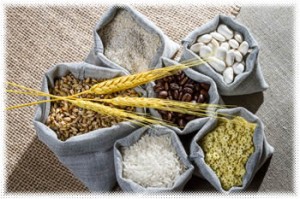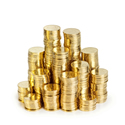What is a Survival Emergency Fund?
We’ve all been lectured throughout our lives about the importance of building an emergency fund. It should be the number one priority for your savings dollars until you’ve built a sufficient fund.
When planning for normal times, an emergency fund should consist of enough money to tide you over for at least six months should you lose your job or become disabled. But, when planning for survival mode, building an emergency fund should consist of much more than just money.
It’s difficult to know the circumstances following a major disaster, but if you are planning for a worst case scenario, you should expect at least a temporary collapse of the banking system or a shortage of cash. That will make your cash on hand extremely valuable.
However, you should also expect a shortage of food supplies as hoarding will be the norm. If this should continue for any length of time, you will likely see a sharp spike in the price of goods. When coupled with a collapse in the value of the U.S. dollar, your cash will be rendered worthless. Suddenly, your emergency fund is no longer of any value to you.
What Items Should Be In Your Survival Emergency Fund?
In order to create a survival emergency fund you need to think about the different stages of a calamity. Prior to a calamity, and perhaps in the days or week immediately following it, cash will still be the primary mode of exchange. But, once shortages occur and food prices skyrocket, your cash won’t go very far.
People will shun currency in favor of barter items that have intrinsic value and that are of use. Items such as food, water, lighters, clothes, and ammo will become the accepted mode of exchange, more acceptable in most cases than gold or silver. People can’t eat or wear gold or silver and it’s difficult to exchange for equivalent values.
Gold and silver will be much more valuable as a means of preserving your wealth. As the value of your cash and other paper assets evaporates, certain hard assets will increase in value. Gold and silver may even become the replacement currency, so if you are holding a supply, your wealth will be intact after the storm passes.
How to Create Your Survival Emergency Fund
We’ve covered the four essential components: Cash, barter, gold and silver. As with any financial plan, it’s always good to be diversified. So, in accumulating your emergency fund, it would be important to allocate your accumulation among the four components.
Cash: You will want to have enough cash to last you and your family for several weeks, maybe a little longer. If you have built up your food, water, medical, and household supplies sufficiently, you may not even need to use it. Keep your stash in $5, $10 and $20 bills. An amount of $1,500 may be enough.
Barter: Items such as cigarettes, liquor (think small airline bottles), lighters, batteries, candy, seeds and hygiene items are ideal barter items that can be exchanged in fractional portions. They are also small enough to maintain a sizable storage. A $1,000 worth of barter items can go a long ways.
Gold: Gold will always be considered as a currency and, as you may have noticed, it continues to go up in value. Should the U.S. dollar lose its value completely, gold will likely skyrocket in value. The smaller the fractional portion of gold you can buy the better, because it will be easier to store and easier to exchange. $1,000 is a good start. Learn more about gold investing in our article The Real Value of Gold for Preppers.
Silver: Silver may be more practical than gold. First, it’s far less expensive to accumulate, and there is some possibility that its value will increase faster than that of gold. A fractional portion of silver, such as silver coin, would be much easier to exchange for goods than a gold coin.
Keep Your Survival Emergency Fund on Hand
You won’t want to store your survival emergency fund in a bank. You will need it right where you can quickly get your hands on it. A solid safe is probably the best choice, but it will need to be stored where no one is likely to look for it. Underground vaults are becoming very popular these days.
Alternatively, you just need to be creative. It may actually be better to spread your cache around in places that won’t attract attention, such as your air ducts, taped to the bottom of drawers, or in your freezer camouflaged as frozen food.
Continue Tutorial Below
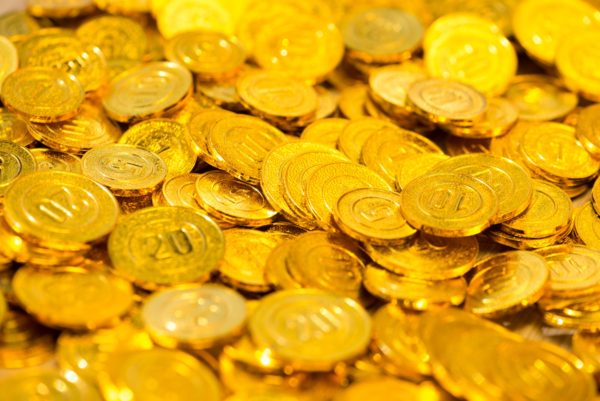
Read More
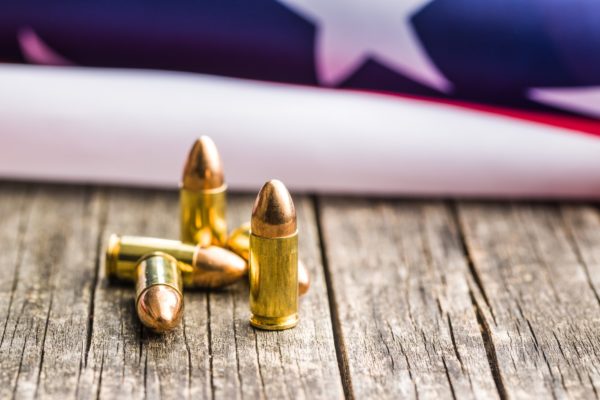
Read More
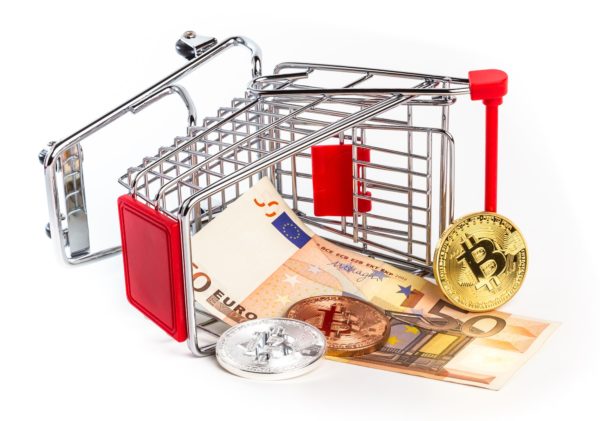
Read More
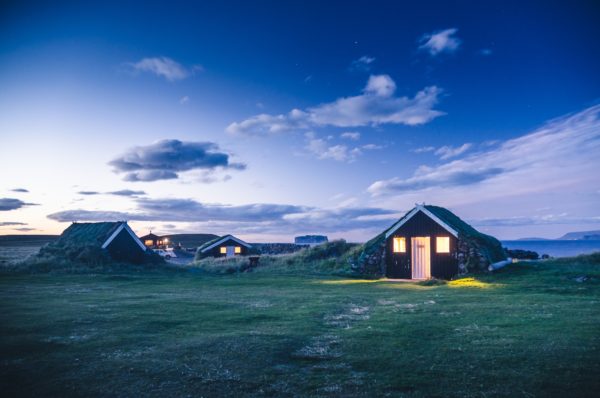
Read More
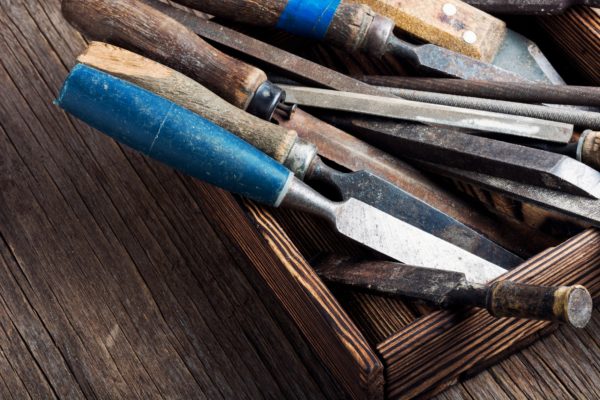
Read More
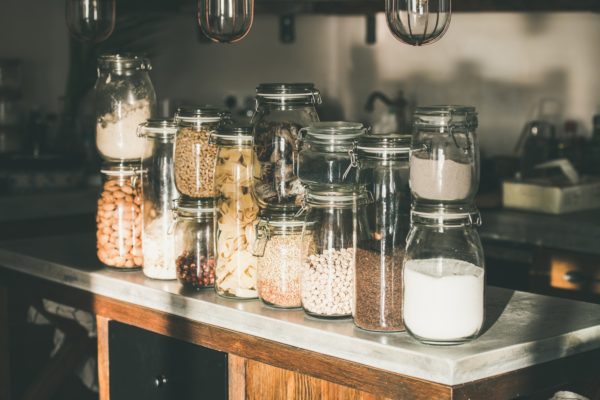
Read More
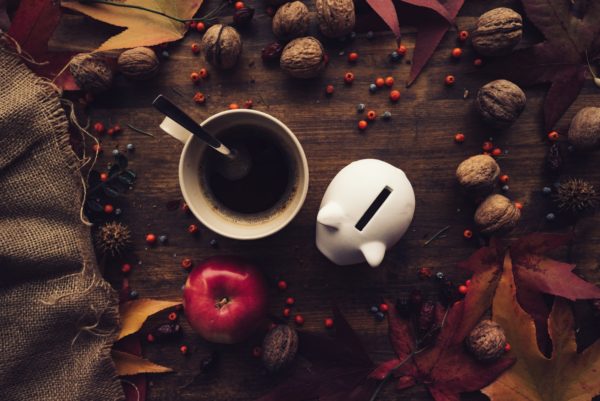
Read More
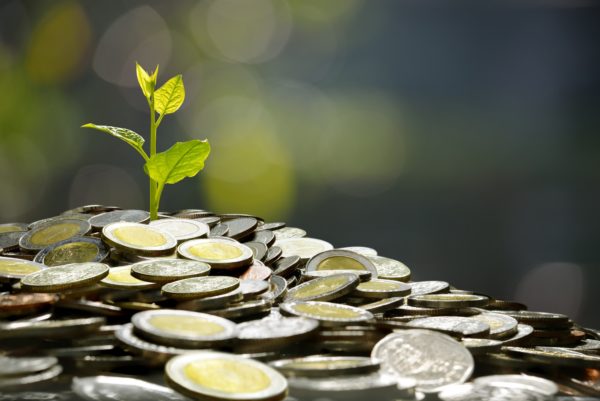
Read More

Read More
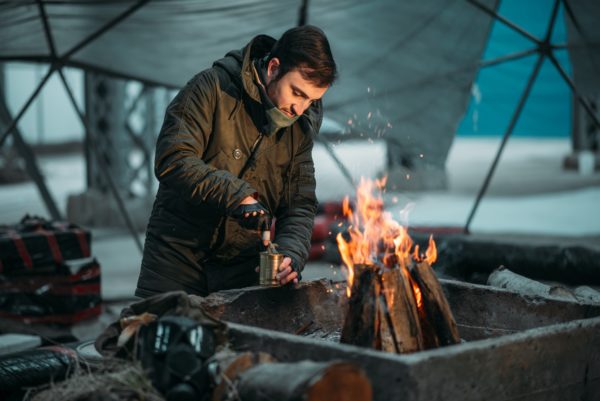
Read More

Read More


